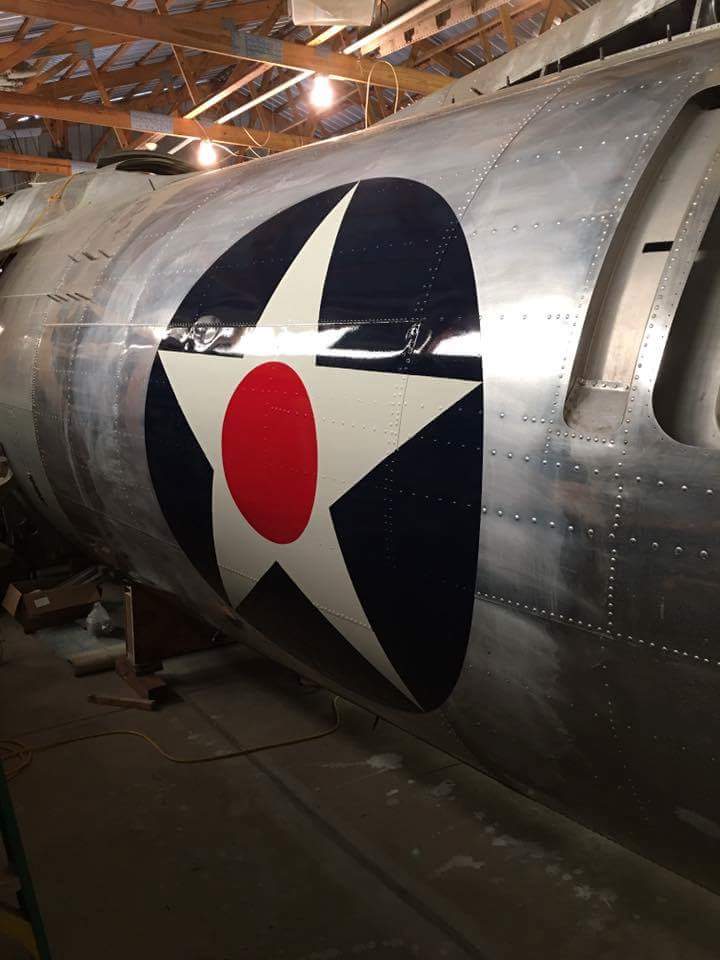
As many readers will be well aware, there are several different Boeing B-17s under restoration to fly right now. Perhaps the boldest of these projects though is Mike Kellner’s effort in Morengo, Illinois to restore Boeing B-17E 41-2595, a combat veteran Flying Fortress that once bore the nicknames Desert Rat and Tangerine. As we have reported previously, Kellner found the aircraft in a farmers field near Bangor, Maine as a collection of chopped up components back in the mid 1980s. Somehow, he had the vision to see this jumble of battered parts one day going back together again as an airworthy B-17. The project got under way in earnest during the mid 1990s. While Kellner and his intrepid volunteers work on a shoestring budget, they have wrought miracles with their efforts. The Fort’ is well on her way to becoming whole again. Interestingly, the aircraft did not serve as a bomber during her combat-life (in the CBI), but rather as the sole-produced XC-108A cargo plane version of the Fortress. Kellner is restoring the aircraft back to her original guise as a B-17E bomber variant, the same as when she rolled off the Boeing production line in April, 1942. Desert Rat, as Kellner and his team have re-dubbed her, will be the oldest Flying Fortress in the skies when she finally flies, although this record may eventually be surpassed by a B-17C which the team also has on the books. Desert Rat could use our help though, but before we provide a link to do so, we thought our readers would like to read a recent restoration updated provided by Sean from the Desert Rat team….
The restoration team has been focusing their attention lately on the fuselage. The structural rebuild is roughly 99% complete. The team is wrapping up a few loose ends as of this writing. Items such as the floor area around the ball turret, misc brackets throughout the fuselage, etc. The front and rear fuselage sections were recently mated together again for the first time in seven decades.
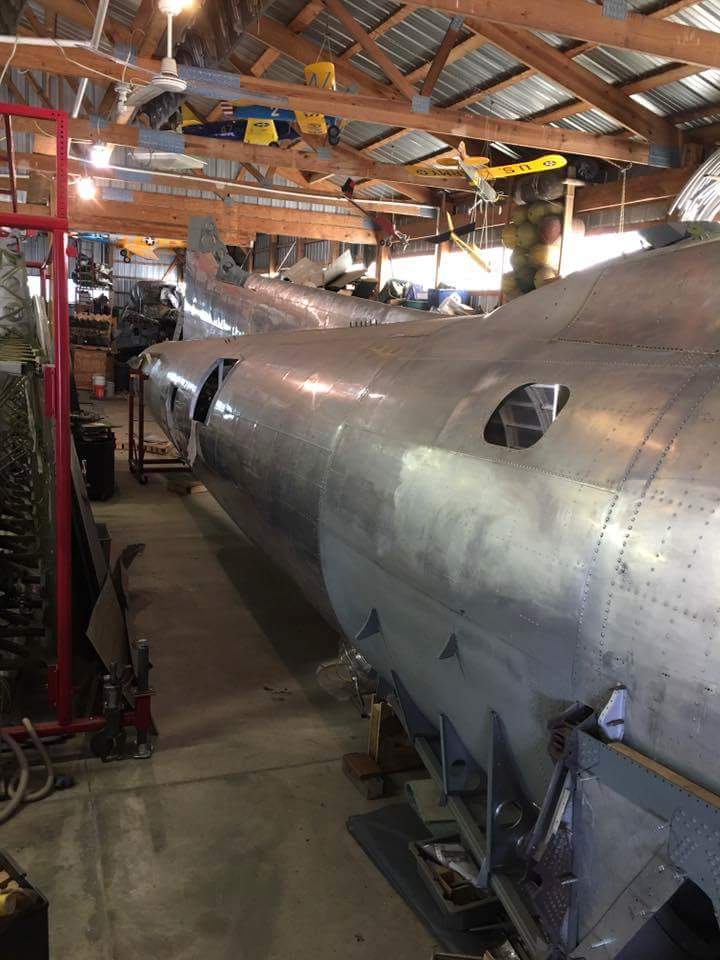
Re-covering the fabric control surfaces is well under way. The team completed the rudder a while back, and just recently finished their second aileron. With these items fully restored, the only fabric work remaining is on the elevators.
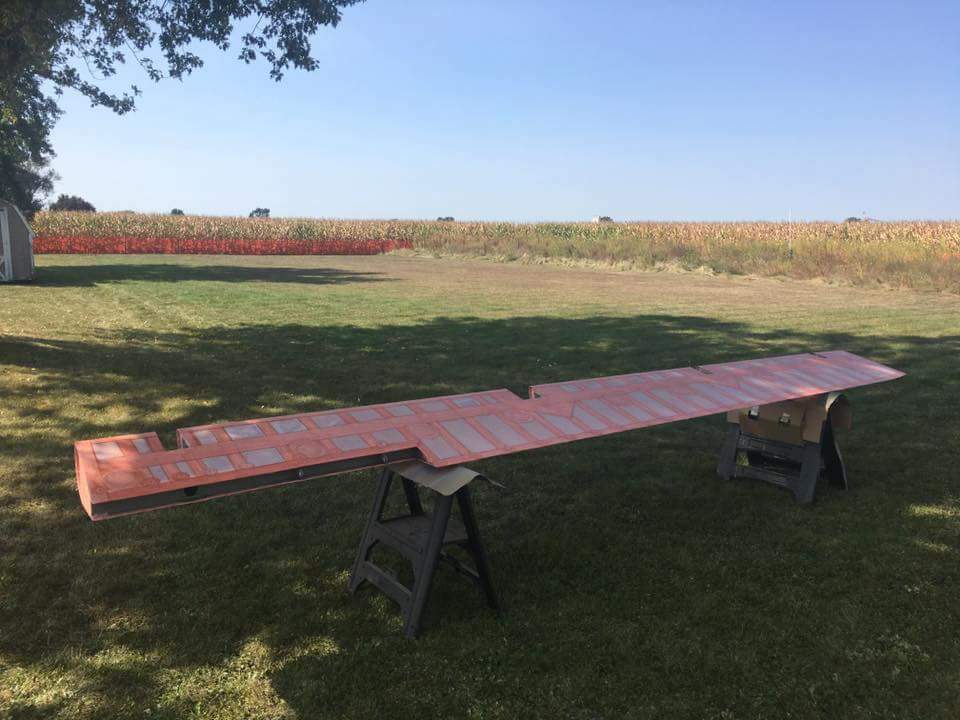
Other team members are now beginning the process of fitting-out the interior. This includes the restoration of the throttle control unit, fabricating new seats, as well as manufacturing a new navigator’s table, and many more items. Periodically, the team has also been working on the wings. The inner wings need replacement spar tubes, and this is a challenge because we have not had any luck finding a company able to remanufacture them so far. In the meantime, the team is focusing on rest of the aircraft. Once new spars are made, of course, restoration of the wings should go pretty quickly, as so many of the other components are already fully refurbished, or nearly so.
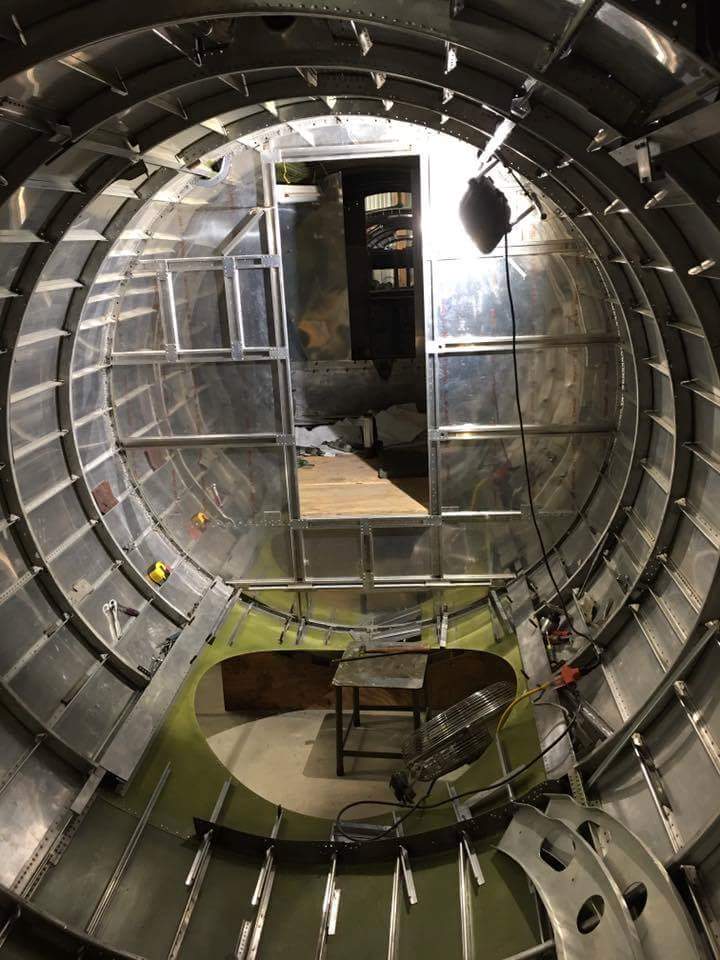
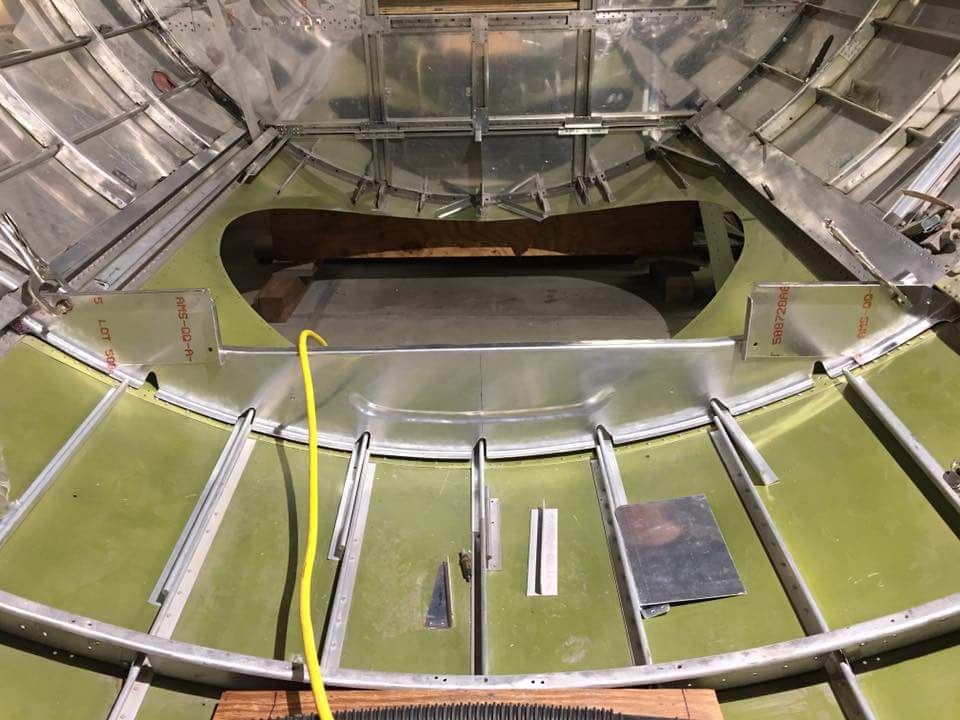
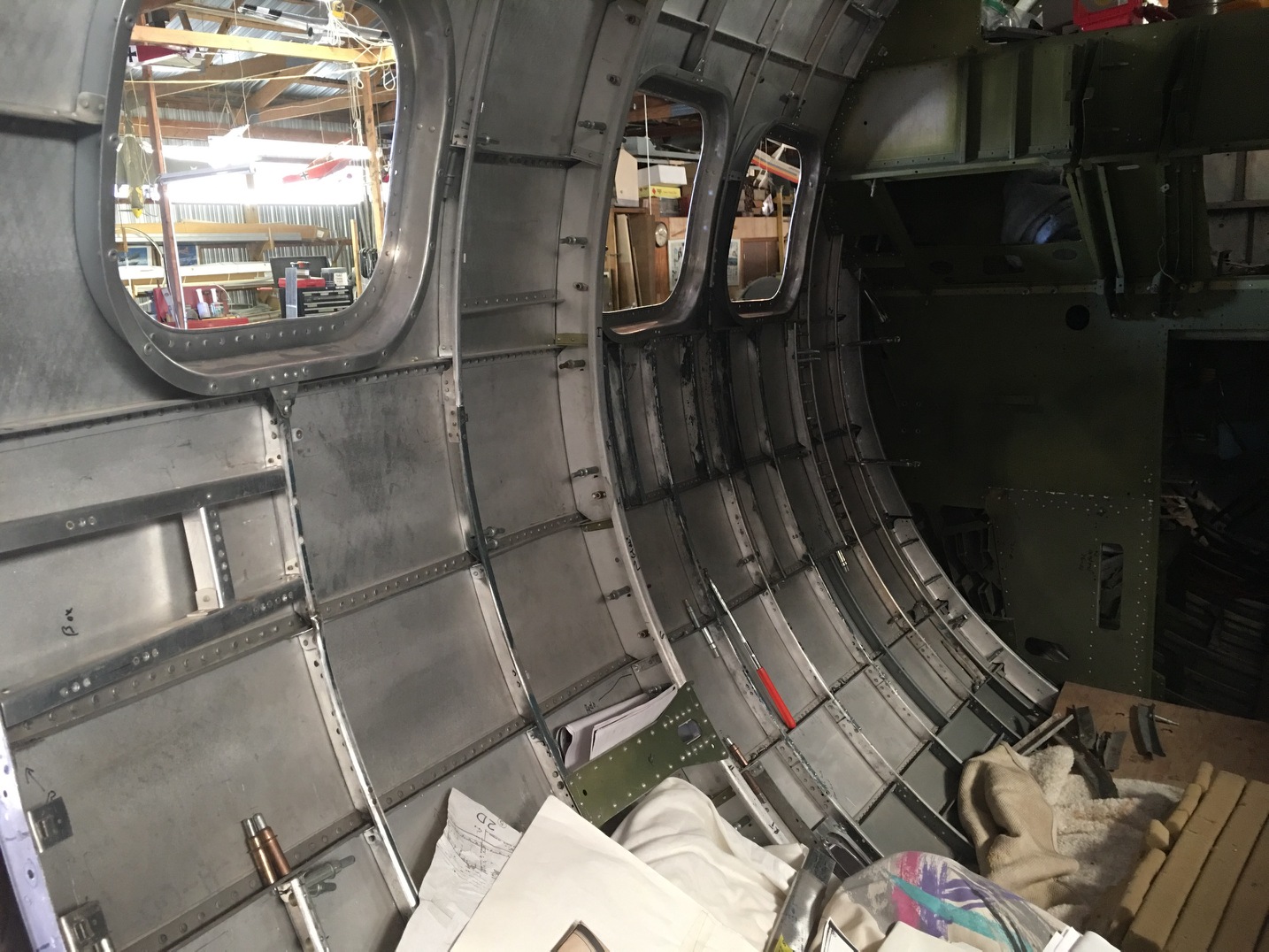
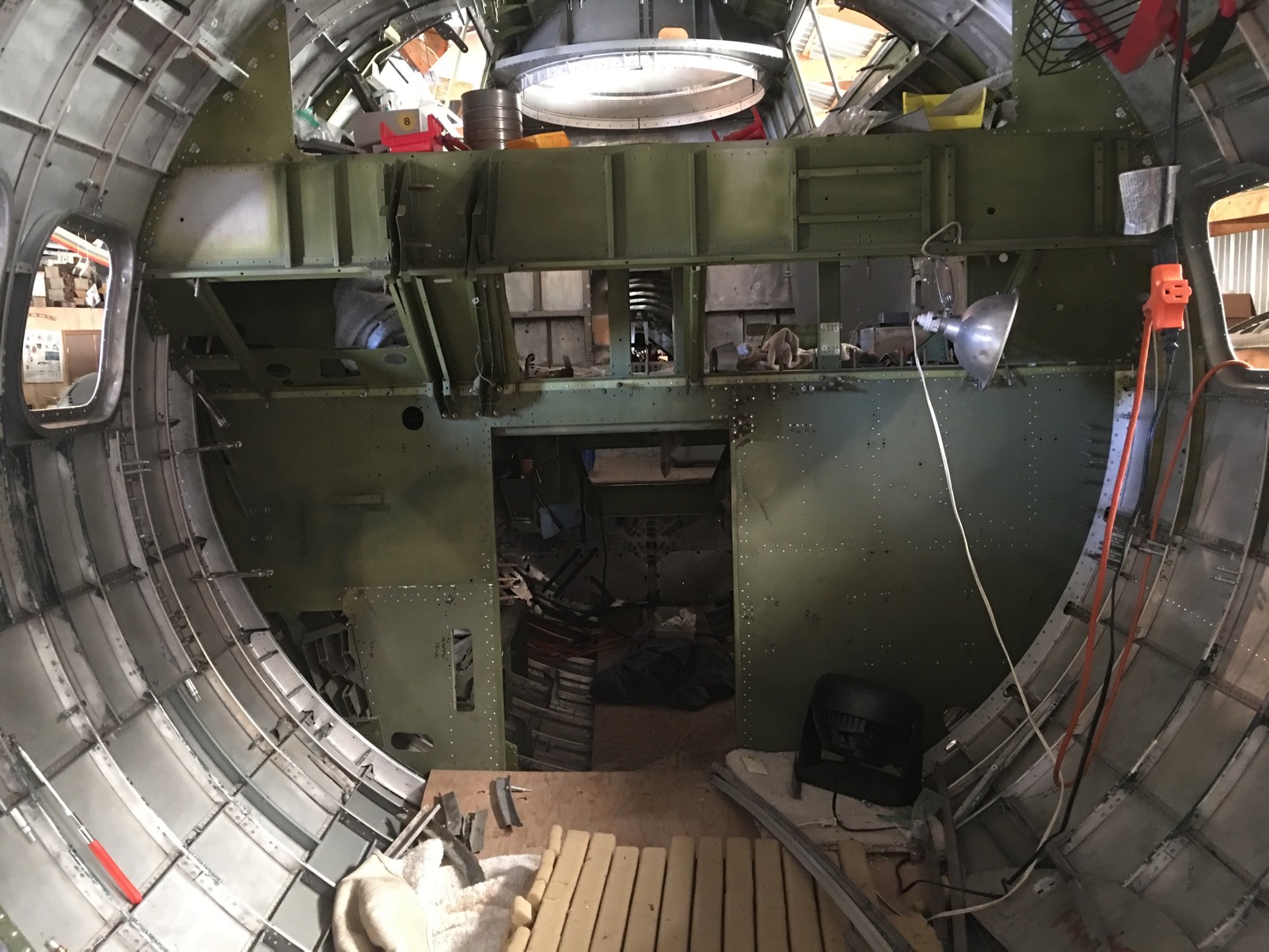
Recently we visited with a WWII combat-veteran B-17 navigator named Frank Farr. We asked him to tell us why he thought it was important that we complete Desert Rat and fly her again afterwards.
Frank replied, “I was a navigator on B-17s in World War II until my plane was shot down, and I became a P.O.W. A poster on my wall depicts a B-17 bomber flying through a field of flak. A 16 x 20 canvas beside it shows the U.S.S. Constitution—Old Ironsides, the ship that bested the best the powerful Royal Navy of England could throw at it in the War of 1812. Thanks in large part to a poem by Oliver Wendell Holmes, Old Ironsides has become an enduring treasure in the minds of patriotic Americans.”
We feel that the B-17 deserves the same treatment. At tremendous cost in American casualties, young men in B-17s crippled the German industry’s war effort, destroying factories, railroads, airfields, and oil refineries and ultimately bringing the vaunted Luftwaffe to its knees. Most of the B-17s are gone now, and only a handful remain in flying condition to show today’s young men and women what their grandfathers did to secure a future for Western civilization. We should make every effort to save these flying memories of 70-plus years ago. Desert Rat is being rebuilt from the ground up, and mostly with volunteer labor. But the materials the job requires are expensive—thousands of dollars expensive. And we need your help.
The Desert Rat is one of three projects within the Vintage Aviation Museum, a 501c3 non-profit organization. If anyone would like to donate to help with these aircraft, they can go to our website, www.vintageaviationmuseum.com and click on the donate button on the front page.
If you wish to contribute to the restoration of these important aircraft, whether it be with parts, labor or cash, please contact the Vintage Aviation Museum HERE to find out how. The organization also has a web store with some cool products to buy. Desert Rat also has its own dedicated Facebook page HERE which some of our readers may enjoy viewing too! We will be reporting on another of the Vintage Aviation Museum’s aircraft, a rare Lockheed PV-2 Harpoon in the near future!









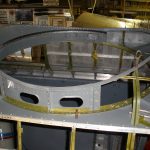

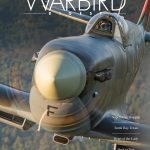
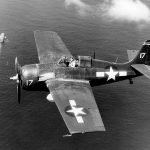

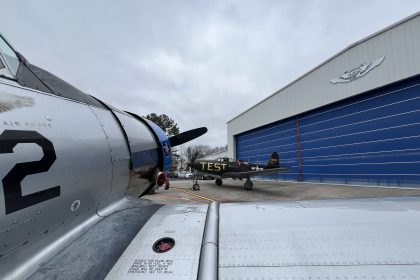
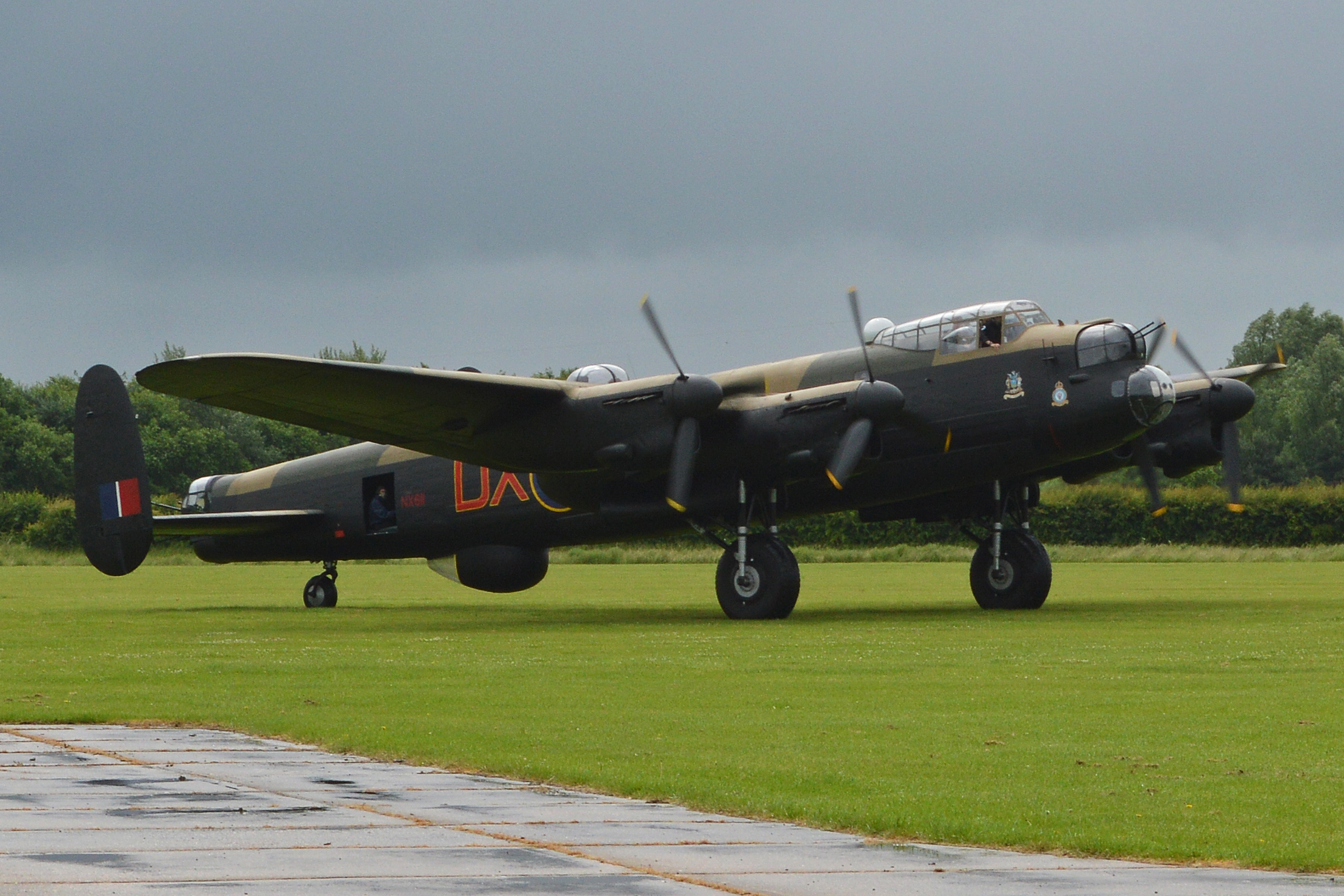
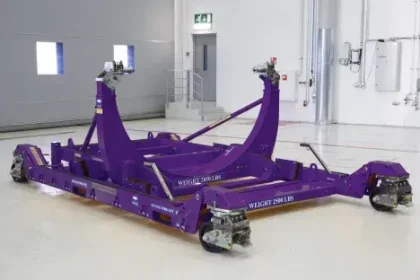

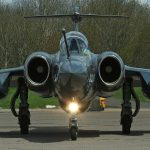
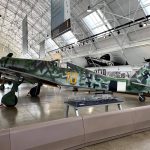
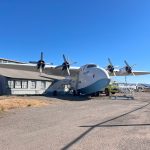

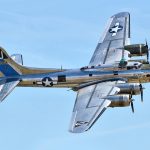



So pleased I found this site.
Thank you